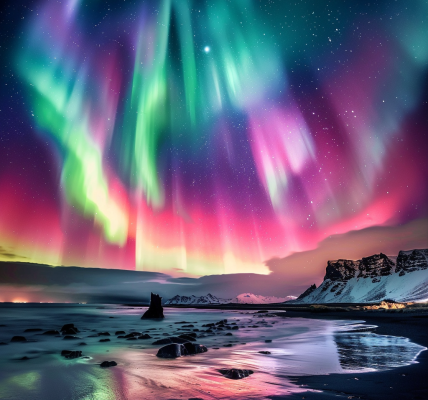NASA’s Hubble Space Telescope Reveals Cosmic Tangle of Interacting Galaxies
In a stunning display of cosmic interaction, the NASA/ESA Hubble Space Telescope has captured an image of MCG+05-31-045, a pair of galaxies engaged in a gravitational dance, located a staggering 390 million light-years away in the Coma galaxy cluster. This captivating image not only showcases the beauty of the universe but also provides insights into the complex relationships between galaxies.
The Coma Cluster is a well-known region of space, rich in galaxies, boasting over a thousand identified members. Among these, amateur astronomers can spot several, including Caldwell 35, using just a backyard telescope. The cluster predominantly consists of elliptical galaxies, a common characteristic of dense galaxy clusters where interactions and collisions are frequent.
As galaxies come close to one another, their gravitational forces can lead to dramatic changes. In many cases, elliptical galaxies form through these close encounters, where the gravitational pull stirs up the galaxies, or even through collisions that can rip them apart. While the stars within these interacting galaxies may remain intact, the gas clouds that fuel star formation become twisted and compressed. This process accelerates the formation of new stars, but it also depletes the gas supply needed for future star generations.
Hot, massive blue stars are typically the first to emerge in these interactions, but their lifespans are short. Once these stars exhaust their fuel, they leave behind a galaxy with little gas left to form new stars. As a result, the galaxy transitions into an elliptical form, characterized by aging stars that orbit in disorganized patterns.
The fate of MCG+05-31-045 is likely to mirror this cosmic evolution. The smaller spiral galaxy within this pair is anticipated to be gradually torn apart and integrated into the larger galaxy. This process will lead to the formation of numerous new stars; however, much like their predecessors, these new stars will burn out quickly, resulting in a galaxy filled with cooler, redder stars over time.
While the transformation of MCG+05-31-045 into an elliptical galaxy is inevitable, this cosmic dance will unfold over millions of years, providing astronomers with a unique opportunity to study the lifecycle of galaxies and the dynamics of cosmic interactions.
NASA continues to push the boundaries of our understanding of the universe, and the Hubble Space Telescope remains at the forefront of astronomical research, revealing the intricate tapestry of galaxies and their interactions across the cosmos.





